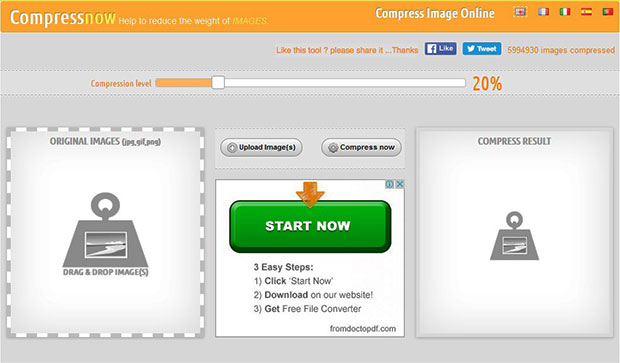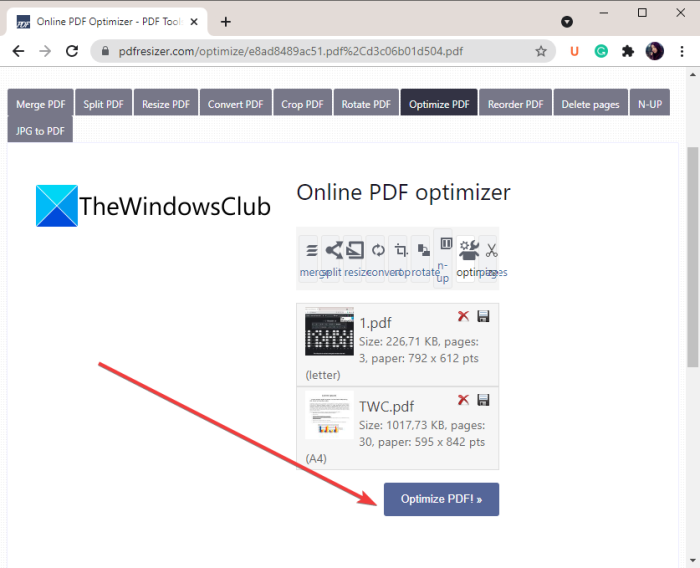
- #BATCH COMPRESS IMAGES FOR WEB HOW TO#
- #BATCH COMPRESS IMAGES FOR WEB INSTALL#
- #BATCH COMPRESS IMAGES FOR WEB PORTABLE#
According to HTTP Archive, as of November 2018, images make up on average 21% of a total webpage’s weight. Image optimization WordPress plugins you can useĬheck Out Our Video Guide to Optimizing Images for SEOįirst, why do you need to format your images? What are the benefits? There are numerous benefits of optimizing your images for performance.
#BATCH COMPRESS IMAGES FOR WEB HOW TO#
#BATCH COMPRESS IMAGES FOR WEB INSTALL#
Use one of the following commands according to Your operating system:įor Debian/Ubuntu/Kali Linux: apt-get install optipngįor OSX: brew install optipng Using OptiPNG Image Optimizer Now let’s see how to install OptiPNG on different Linux distributions and OSX.
#BATCH COMPRESS IMAGES FOR WEB PORTABLE#
OptiPNG is a command-line tool that compresses portable network graphics (PNG) files without losing semantic information. To know more about jpegoptim read the man page of jpegoptim using the man command: man jpegoptim To save the output of jpegoptim in other folder use option -d and mention the folder name: jpegoptim -d foldername/ image.jpg To compress selective files in the directory, just mention the image names separated by space after jpegoptim command: jpegoptim gfg_1.jpg gfg_2.jpg gfg_3.jpg jpg files in the current directory, use the following command: jpegoptim *.jpg jpegoptim -size=200k gfg.jpgīatch JPEG Image Compression & Optimization


Let’s compress the same gfg.jpg file to 200k using jpegoptim with –size option. We can compress the image to a fixed size which we want, for that we have to use the –size option with jpegoptim command and mention the size of the image that we want after compressing. Instead of actually compressing the file, if you want to simulate the compression of JPEG files and see what will be the size of the image after reducing then use option -n with the jpegoptim command: jpegoptim -n gfg.jpgĬompressing Image to a fixed size using jpegoptim The size is changed by just 200 KB, this is because this tool does not lose the quality of the image while compressing. Now let’s use jpegoptim utility on that image:

We can see the size of the gfg.jpg image is 5.3 MB. We can use simple ls command to get the size of the image: ls -l gfg.jpg Now let’s take one example we are going to compress an image named gfg.jpg but first of all, let’s see what is the actual size of that image. To use the jpegoptim utility for one file, just mention the filename after the jpegoptim command, like: jpegoptim gfg.jpeg The syntax of jpegoptim is very simple to use but note that the jpegoptim compresses the file and replaces them with original file and to avoid this we need to mention the directory after jpegoptim command we will see later how to do that.


 0 kommentar(er)
0 kommentar(er)
